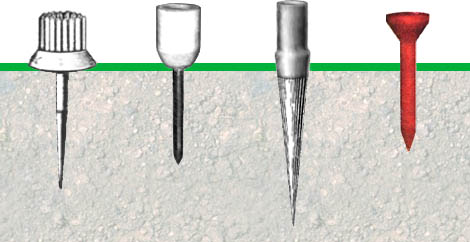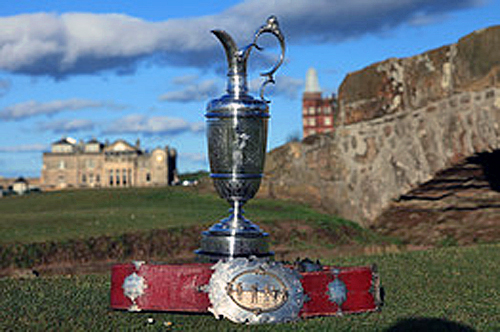The History Of The Golf Tee The history of the golf tee dates back to the 1500's. The practice of getting sand wet with a towel and mounding up earth to get the ball off the ground a little went on for some 300 years. The late 1800's changed all that. This is the...
The Origins of The Masters Theme Song
The Origins of the Masters Theme Song
So where did the Masters theme song come from? That iconic music you hear every year around Masters time. So soothing and peaceful. Makes you think of azaleas, beautiful green grass, perfectly manicured fairways and especially springtime. We did some research into golf’s most famous theme song and below is what we found.
The song is called “Augusta” and was written in and recorded by Dave Loggins in 1981. Dave Loggins is the third cousin of Kenny Loggins. We all know Kenny Loggin’s famous song “I’m Alright” the theme song to the most famous golf movie of all time Caddyshack. Dave Loggins was inspired the year before when he attended the Masters and met up with famed CBS Golf Producer Frank Chirkanian who put the instrumental of “Augusta” into the CBS telecast for 1982.
Did you know there are actually words to the song “Augusta”? Here they are:
Well, it’s springtime in the valley on Magnolia Lane
It’s the Augusta National and the master of the game
Who’ll wear that green coat on Sunday afternoon?
Who’ll walk the 18th fairway singing this tune?
Augusta, your dogwoods and pines
They play on my mind like a song
Augusta, it’s you that I love
And it’s you that I’ll miss when I’m gone.
It’s Watson, Byron Nelson, Demaret, Player and Snead
It’s Amen Corner and it’s Hogan’s perfect swing
It’s Sarazen’s double eagle at the 15 in ’35
And the spirit of Clifford Roberts that keeps it alive
Augusta, your dogwoods and pines
They play on my mind like a song
Augusta, it’s you that I love
And it’s you that I miss when I’m gone.
It’s the legions of Arnie’s Army and the Golden Bear’s throngs
And the wooden-shafted legend of Bobby Jones.
Loggins’ is now a member of the Nashville Songwriters Hall of Fame. Although “Augusta” is his most famous track that no one knew he wrote, he did have a 1974 Billboard Top 5 hit with “Please Come to Boston”. There you have it, the Masters Theme Song.
Credits:
Want to see some of our other pieces on the history of the game? Check out Backspin.

Mike Fay
PGA Director of Instruction
With over 30 years of teaching experience, it's easy to see why Mike has become a leader in the world of golf instruction. Everything from cutting edge social networking techniques to having his own podcast, Mike has helped to change the face of teaching golf. He currently is the Director of Instruction at Walnut Creek Country Club in South Lyon, Michigan.
Email: [email protected]
Backspin Archives
The History Of The Golf Tee
The Claret Jug
The Claret Jug The first British Open was contested in 1860 at Prestwick Golf Club and stayed there for some 11 years. Originally the winner of the British Open received something called the “Challenge Belt.” The Challenge Belt was created by the Earl of Eglinton. ...
TEAM MFG BLOG
Subscribe
Never miss a new post, article, or video!
Subscribe to our newsletter Chip Shots!





